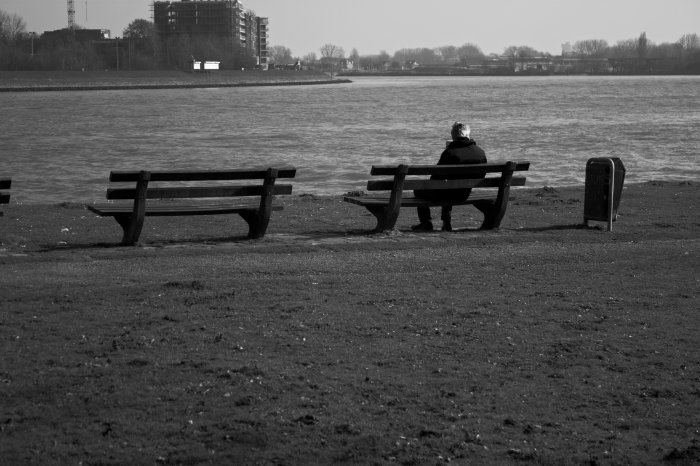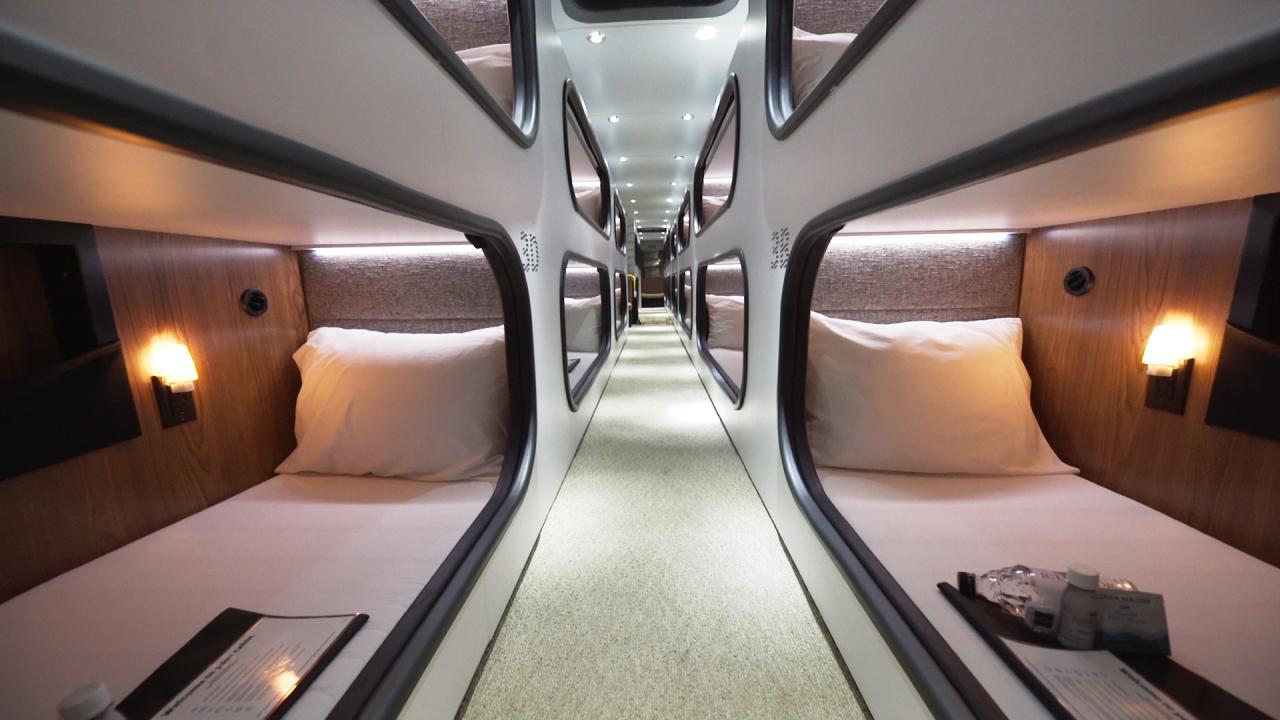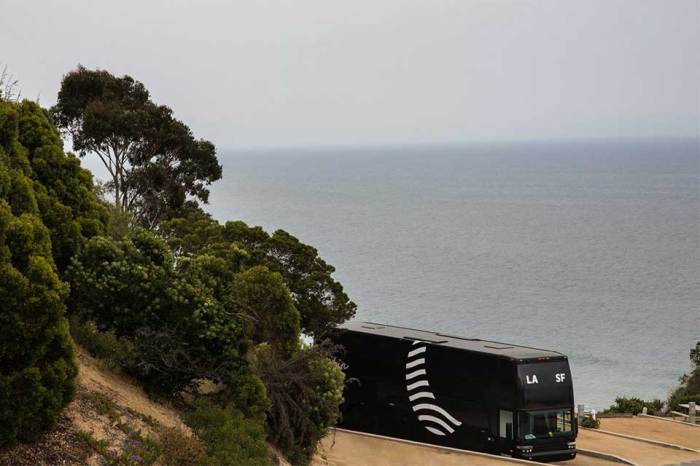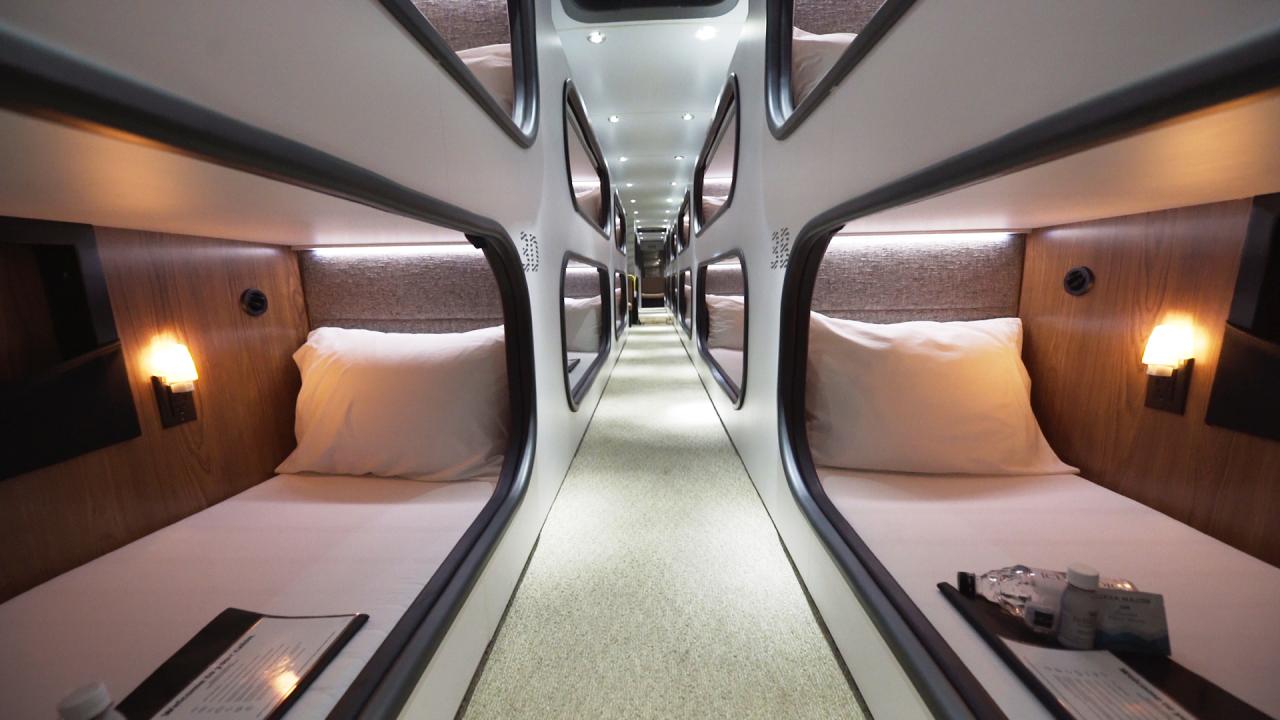Best time to visit Caribbean is crucial for a perfect getaway. This guide dives deep into understanding the ideal seasons, considering factors like weather, crowds, and budget. From bustling tourist hotspots to secluded island gems, we’ll uncover the best time to visit each Caribbean destination for an unforgettable experience.
The Caribbean’s diverse islands boast unique climates, impacting the best time to visit. This comprehensive exploration helps you navigate the region’s varying seasons and plan your trip with confidence.
Defining the Caribbean

The Caribbean, a vibrant archipelago stretching across the Atlantic Ocean, boasts a kaleidoscope of islands, cultures, and natural beauty. From bustling cityscapes to pristine beaches and lush rainforests, the region offers a unique blend of experiences. Understanding the geographical and cultural nuances of this diverse region is key to planning the perfect Caribbean getaway.The Caribbean’s geographical location, situated between the Americas and the Atlantic Ocean, plays a significant role in shaping its climate and weather patterns.
The region’s tropical latitude and proximity to the ocean create a generally warm and humid environment. The influence of prevailing winds, ocean currents, and the presence of various island formations contribute to a diverse range of weather conditions across the archipelago.
Island Group Characteristics
The Caribbean is composed of several distinct island groups, each with its own unique characteristics. The Greater Antilles, comprising larger islands like Cuba, Jamaica, Hispaniola (Haiti and the Dominican Republic), and Puerto Rico, exhibit a mix of mountainous terrain and coastal plains. These islands often feature diverse ecosystems and a rich history, shaped by their larger size and strategic location.The Lesser Antilles, a chain of smaller islands stretching from the Virgin Islands to Trinidad and Tobago, showcase a more volcanic origin.
These islands, often volcanic in origin, frequently have dramatic landscapes and varied climates, ranging from lush rainforests to arid zones. Their smaller size often leads to a more intimate and personalized travel experience.The Bahamas, a separate archipelago, are known for their coral reefs, shallow waters, and abundant marine life. The Bahamas islands are primarily low-lying, with a prevalence of sandy beaches and crystal-clear waters.
This unique environment makes it a popular destination for beach lovers and those seeking a relaxed vacation.
The Caribbean beckons with its turquoise waters and white-sand beaches, but when’s the best time to go? For a truly relaxing experience, shoulder seasons (spring and fall) often offer the perfect blend of pleasant weather and fewer crowds. Considering the recent Casago analysis on the most peaceful places in the US, most peaceful places in the us casago analysis , perhaps a quieter US getaway could also be a great alternative, but for the ultimate Caribbean escape, spring or fall are ideal.
Plus, you’ll likely find better deals compared to peak summer.
Caribbean Countries and Weather
A comprehensive understanding of the region’s weather patterns is essential for planning a trip. The following table summarizes the typical weather conditions across various Caribbean countries. This is a general overview; individual weather patterns can vary depending on specific locations and time of year.
| Country | Typical Weather Conditions |
|---|---|
| Cuba | Warm and humid, with a generally dry season from November to April. Rainy season is from May to October. |
| Jamaica | Warm and humid, with a wet season typically from May to October and a drier season from November to April. Significant rainfall is possible during hurricanes. |
| Dominican Republic | Warm and humid, with a pronounced dry season from December to April. The remaining months experience higher rainfall. |
| Puerto Rico | Warm and humid, with a pronounced dry season from November to April. Rainy season is from May to October. Coastal areas can experience tropical storms and hurricanes. |
| Trinidad and Tobago | Warm and humid, with a pronounced dry season from December to April. Rainy season is from May to November. |
| Bahamas | Warm and sunny, with a dry season throughout the year. Rainfall is less frequent compared to other Caribbean islands. |
| Barbados | Warm and sunny, with a dry season from December to April. Rainy season is from May to November. |
Seasonal Variations
The Caribbean’s allure lies not just in its vibrant culture but also in its diverse seasons, each offering a unique charm to visitors. Understanding these seasonal shifts is key to planning the perfect trip, ensuring optimal weather and activities tailored to your preferences. The region’s tropical climate, while generally pleasant, experiences distinct patterns that significantly impact tourism.The Caribbean’s climate is predominantly influenced by the trade winds and the proximity to the equator.
This creates a warm, humid environment throughout the year, but the intensity of rainfall and the strength of the trade winds vary considerably. This variation, in turn, affects the ideal time to visit for specific activities.
The Caribbean is a dream destination, but knowing the best time to visit is key. Shoulder seasons, spring and fall, often offer pleasant weather and fewer crowds. Thinking about swimming safety, checking out the safety of Rio de Janeiro beaches is a smart move, especially if you’re planning a Caribbean trip with a stop-over in Brazil. Rio de Janeiro beaches safe for swimming helps you decide if the beaches are suitable for your trip.
Ultimately, the ideal time to soak up the Caribbean sun depends on your tolerance for heat and crowds.
Hurricane Season
Hurricane season, typically from June to November, presents a significant factor to consider. This period is characterized by an increased risk of severe storms and high rainfall. While some resorts might still operate during the season, it’s crucial to research the specific area you’re planning to visit and understand the local protocols for dealing with severe weather. The frequency and intensity of hurricanes vary from island to island, and some islands are more prone to these storms than others.
Dry Season
The dry season, generally from December to May, offers the most consistent and pleasant weather conditions. Reduced rainfall allows for more sunshine and clearer skies, making it ideal for outdoor activities such as swimming, snorkeling, and hiking. This period is typically the peak tourist season, so expect higher prices and more crowded beaches.
Wet Season
The wet season, often overlapping with the hurricane season, typically brings increased rainfall and humidity. While it can be less appealing for some activities, it also offers a different experience, and some travelers find the lush greenery and unique atmosphere to be refreshing. The intensity of the wet season varies greatly across the islands, and some islands might experience more consistent rainfall than others.
Best Times to Visit Based on Activities
- Swimming and Sunbathing: The dry season, from December to May, is ideal for swimming and sunbathing. The consistent sunshine and reduced rainfall provide the perfect conditions for basking on the beach and enjoying the water. However, some resorts are open year-round, allowing for flexibility.
- Snorkeling and Scuba Diving: The dry season also benefits snorkeling and scuba diving. Clearer water and calmer seas make for better visibility and a more enjoyable experience. The calmer seas during the dry season are especially important for scuba diving.
- Hiking and Nature Walks: The dry season offers the best conditions for hiking and nature walks, as the trails are less likely to be muddy or slippery. The reduced rainfall also provides clearer views of the lush landscapes.
Seasonal Comparison Table
| Month | Average Temperature (°C) | Rainfall (mm) | Ideal Activities |
|---|---|---|---|
| January | 27 | 50 | Swimming, sunbathing, snorkeling, scuba diving, hiking |
| June | 28 | 150 | Limited outdoor activities due to potential storms, but some resorts might still operate |
| September | 29 | 200 | Potential for hurricanes; limited outdoor activities; focus on indoor activities and checking for local updates |
| December | 27 | 25 | Swimming, sunbathing, snorkeling, scuba diving, hiking |
Factors Influencing the Best Time
The Caribbean, a kaleidoscope of vibrant islands, beckons travelers with its stunning beaches, rich culture, and captivating history. Deciding when to visit, however, isn’t always straightforward. Beyond the pleasant temperatures and sunny skies, several crucial factors play a role in determining the ideal time for your Caribbean adventure. Understanding these influences can significantly enhance your travel experience and ensure you get the most out of your vacation.Budgetary constraints and the desire for the best possible value often influence travel decisions.
High season, characterized by peak tourist demand, usually correlates with higher prices for flights, accommodation, and activities. Conversely, the shoulder seasons, typically offering more moderate prices, provide a great balance between value and a more relaxed atmosphere.
Budgetary Considerations
Understanding the relationship between cost and travel timing is vital. High season, encompassing peak tourist periods, invariably leads to higher prices for airfare, accommodations, and excursions. For instance, Christmas and Easter holidays often experience significant price increases. Conversely, the shoulder seasons, situated between the peak and low seasons, offer more affordable options without compromising on the enjoyable experience.
These periods, often including spring and fall, allow travelers to experience the destination at a more economical rate.
Impact of Crowds
The Caribbean’s allure often attracts large numbers of tourists, leading to crowded beaches, restaurants, and attractions. Visiting during the shoulder seasons, or the periods immediately preceding and following the peak season, can mitigate this problem. This is especially true for smaller, less-visited islands or destinations.
Influence of Specific Activities
Certain activities and experiences might influence the ideal time for your visit. For example, whale watching tours in specific locations are typically better suited to particular months, coinciding with the whales’ migratory patterns. Likewise, surfing enthusiasts will need to factor in the best surfing conditions, often linked to specific seasons. Similarly, festivals and events can determine your ideal time for a trip.
Seasonal Pros and Cons
| Season | Pros | Cons |
|---|---|---|
| High Season (e.g., July-August) | Peak experiences, vibrant atmosphere, more choices for activities and excursions. | Higher prices, crowded beaches, potential for higher humidity and heat in some areas. |
| Shoulder Season (e.g., May-June, September-October) | Lower prices, fewer crowds, pleasant weather in most locations. | Some activities might have limited availability, fewer events or festivals. |
| Low Season (e.g., January-February, November-December) | Lowest prices, tranquility, fewer tourists. | Potentially cooler temperatures in some areas, less availability of some activities. |
Specific Island Recommendations
Choosing the perfect time to visit a specific Caribbean island depends heavily on the type of experience you seek. Different islands boast unique climates and weather patterns, which in turn influence the best time to enjoy various activities. This section provides tailored recommendations for popular destinations, considering their distinct characteristics and the ideal time for specific experiences, like diving or sailing.
Barbados: A Tropical Paradise
Barbados, known for its beautiful beaches and vibrant culture, experiences a generally pleasant climate year-round. However, the ideal time to visit for the most pleasant weather is during the dry season, from December to May. This period offers warm temperatures, sunny skies, and low humidity, perfect for beach relaxation and outdoor activities. The trade winds during this time also help to moderate the temperatures, making it ideal for swimming and sunbathing.
For water sports like scuba diving and snorkeling, the period from January to April is often considered the best, as the calm waters are conducive to these activities.
Dominican Republic: Diverse Experiences
The Dominican Republic offers a diverse range of experiences, from pristine beaches to lush rainforests. The best time to visit for pleasant weather and fewer crowds is generally from December to April. This dry season provides sunny days and warm temperatures, making it ideal for beach vacations and exploring the beautiful resorts and attractions. However, if you prefer a more affordable time to visit, the shoulder seasons (May-June and September-October) are great options.
For outdoor adventures in the mountains, the dry season is ideal, but if you are seeking a quieter experience on the beaches, the shoulder season can be a good choice.
Jamaica: Vibrant Culture and Beaches, Best time to visit caribbean
Jamaica, famous for its vibrant culture and stunning beaches, is best experienced during the dry season, from December to April. This period offers warm, sunny weather, and low rainfall, making it perfect for relaxing on the beach, exploring the lush scenery, or enjoying the island’s famous nightlife. The trade winds during this time also contribute to a comfortable atmosphere.
For activities like water sports, especially surfing, the months of December through April, and the start of the summer (May-June) are the best, as they are characterized by calmer seas.
Turks and Caicos: Unspoiled Beauty
The Turks and Caicos Islands, renowned for their pristine beaches and crystal-clear waters, offer a wonderful experience during the dry season, from December to May. This period generally brings calm seas and warm temperatures, perfect for swimming, snorkeling, and other water activities. The trade winds are also a welcome feature during this time, moderating the temperature and creating a comfortable atmosphere.
For sailing and other water sports, the calm waters of the dry season make it the best time to visit.
Planning a Caribbean getaway? The best time to visit often depends on your tolerance for crowds and weather patterns. However, knowing that some routes are more prone to turbulence, like those detailed in this recent study on most turbulent flight routes in world study , might factor into your decision. Ultimately, the sweet spot for a smooth trip and fewer crowds usually falls in the shoulder seasons, offering the best of both worlds.
Ideal Time to Visit Popular Caribbean Islands
| Island | Best Time to Visit | Ideal Activities |
|---|---|---|
| Barbados | December – May | Beaches, water sports (especially Jan-Apr) |
| Dominican Republic | December – April (or shoulder seasons) | Beaches, outdoor adventures, resorts |
| Jamaica | December – April | Beaches, culture, water sports (Dec-Apr and early summer) |
| Turks and Caicos | December – May | Beaches, sailing, water sports |
Illustrative Examples of Weather Patterns
The Caribbean’s diverse islands experience a wide range of weather patterns, significantly influenced by their location within the tropics and the surrounding ocean currents. Understanding these patterns is crucial for planning a trip, ensuring you’re prepared for the conditions and maximizing your enjoyment of the islands. From the gentle breezes of a sunny day to the potential for rainfall and hurricanes, knowing what to expect can help you choose the best time to visit.Typical Caribbean weather features warm temperatures, high humidity, and a strong influence from the trade winds.
However, regional variations in weather patterns are substantial, reflecting differences in geography, elevation, and proximity to other landmasses. The intensity and frequency of rainfall and storms also vary significantly from island to island and month to month.
Typical Sunny Day Conditions
A typical sunny day in the Caribbean features warm, humid air, with temperatures generally ranging from the mid-80s to low 90s Fahrenheit. High humidity levels are common, often contributing to a feeling of warmth and moisture. Trade winds, originating from the northeast, usually provide a refreshing breeze, mitigating the heat and keeping the air from feeling stifling. These winds can vary in strength, impacting the intensity of the overall weather experience.
Rainfall Patterns and Outdoor Activities
Rainfall patterns in the Caribbean are highly influenced by the prevailing weather systems. The wet season typically brings more frequent and intense rainfall, often concentrated in afternoon or evening hours. This can affect outdoor activities, potentially leading to delays or cancellations of tours, excursions, and other planned activities. It’s essential to be prepared for potential rain showers and have backup plans in case of unexpected weather changes.
Hurricane Frequency and Intensity
The hurricane season in the Caribbean generally runs from June to November. The frequency and intensity of hurricanes vary among different islands and regions. Some islands, situated in higher-risk areas, experience more frequent storms and greater potential for severe damage than others. Knowing the specific hurricane history and predicted activity levels for a given island is essential when planning a trip during the hurricane season.
Careful monitoring of weather forecasts and advisories is paramount.
Monthly Weather Conditions in Barbados
| Month | Temperature (°F) | Humidity (%) | Wind Conditions | Rainfall (Inches) | Hurricane Risk |
|---|---|---|---|---|---|
| January | 80-85 | 75-80 | Gentle trade winds | 2-3 | Low |
| February | 80-85 | 75-80 | Gentle trade winds | 2-3 | Low |
| March | 82-87 | 78-83 | Gentle trade winds | 2-4 | Low to Moderate |
| April | 83-88 | 80-85 | Increasing trade winds | 4-6 | Moderate |
| May | 84-89 | 82-87 | Stronger trade winds | 6-8 | Moderate to High |
| June | 85-90 | 83-88 | Strong trade winds | 6-8 | High |
| July | 85-90 | 83-88 | Strong trade winds | 6-8 | High |
| August | 85-90 | 83-88 | Strong trade winds | 6-8 | High |
| September | 85-90 | 83-88 | Strong trade winds | 6-8 | High |
| October | 84-89 | 82-87 | Strong trade winds | 4-6 | High |
| November | 83-88 | 80-85 | Strong trade winds | 2-4 | Moderate to Low |
| December | 82-87 | 78-83 | Gentle trade winds | 2-3 | Low |
Practical Considerations: Best Time To Visit Caribbean
Beyond the ideal weather, several practical factors influence the best time to visit the Caribbean. Understanding these elements can help you make a more informed decision, ensuring a smoother and more enjoyable trip. These factors include budgeting, accommodation availability, crowd levels, and potential events.Planning your Caribbean getaway involves more than just sunshine and sand. The timing of your trip can significantly impact your experience, from the cost of your flights and hotel to the level of crowds you encounter.
Considering these practicalities can make all the difference between a memorable and a merely adequate vacation.
Costs of Travel During Different Seasons
Seasonal variations directly impact travel costs. High season, typically during the peak tourist months, sees increased demand, leading to higher airfare and accommodation prices. Off-season travel, while often offering better deals, may also mean fewer flight options and potentially lower availability of certain activities or tours. For example, a flight to Barbados in July (peak season) might cost $800 round-trip, while the same flight in November (off-season) could be $600.
Similarly, hotels in popular destinations will command higher rates during peak season.
Accommodation Availability During Different Periods
The availability of accommodations varies significantly throughout the year. Peak season, naturally, experiences high demand, leading to limited options. Booking well in advance is crucial to secure desired accommodations, especially if traveling with a large group or during a specific holiday period. On the other hand, off-season offers more flexibility in finding suitable lodgings, potentially at more affordable rates.
If you are flexible with your dates, you might find fantastic deals on hotels and resorts outside the busiest periods.
Crowds and Their Impact on Travel Experiences
Crowds significantly impact the overall travel experience. High-season travel often means bustling beaches, longer lines at attractions, and potentially more competition for limited resources. Off-season travel, conversely, allows for a more relaxed and personalized experience, with fewer crowds and more opportunities to truly appreciate the destination. Consider the impact of crowds on your chosen activities. If you prefer solitude, the off-season might be more appealing.
For example, a visit to a national park in the Caribbean during the shoulder season will provide a more serene experience than during the peak summer months.
Planning Trips Around Festivals or Special Events
Many Caribbean islands host festivals and special events throughout the year. These events can significantly enhance the travel experience but also increase costs and demand. Researching these events in advance allows you to plan your trip around them if desired. For example, if you’re interested in the Junkanoo celebrations in Nassau, Bahamas, you should plan your trip to coincide with that event.
Festivals add a vibrant and cultural element to your vacation.
Planning your Caribbean trip requires careful consideration of various factors. Choosing the optimal time depends on your budget, desired level of crowds, and personal preferences. Consider these points when making your decision:
- Budget: Off-season travel often provides better deals on flights and accommodations, allowing for a more cost-effective vacation. This is especially relevant if you are on a tight budget.
- Crowd Level: If you prefer a more peaceful and less crowded environment, off-season or shoulder season travel may be the best option. This offers a more intimate and personalized experience.
- Personal Preferences: Do you prefer bustling beaches or serene coves? Do you enjoy lively festivals or prefer quiet relaxation? Align your travel dates with your personal preferences.
- Accommodation Availability: Consider the accommodation availability in your desired destination during your preferred travel dates. Book in advance, especially during peak season.
Closing Summary

Ultimately, the best time to visit the Caribbean is a personal choice, dependent on your preferences and priorities. This guide provides the tools to make an informed decision, ensuring your dream Caribbean vacation aligns with your ideal weather, budget, and desired experience. From sunny beaches to vibrant festivals, your adventure awaits!


























